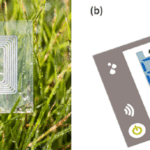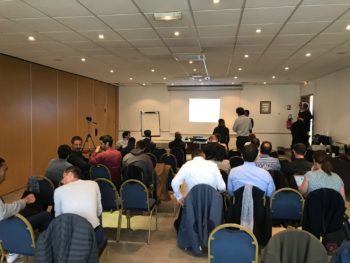Recently perovskite solar cells (PSCs), as photoelectric conversion devices, exhibit excellent power conversion efficiency (PCE) and low-processing cost, and have become one of the most promising devices to replace conventional silicon-based solar cells and address current pressing energy issues.
Among them, the flexible PSCs are especially more widely applicable and may propel the rapid advancements of wearable electronics, causing a significant paradigm shift in consumer electronics. Current flexible PSCs use non-biodegradable petroleum-based polymer substrates, discarding of which will aggravate “white pollution”. Therefore, development of green, biodegradable and low-cost flexible substrates will provide a great alternative to flexible PSCs.
Modified nanocellulose paper has been shown to be excellent biodegradable substrate for flexible perovskite solar cells and potentially other green flexible devices.
A team of Chinese scientists led by Prof Wei Huang from Institute of Advanced Materials, Nanjing Tech University fabricate flexible perovskite solar cells on transparent nanocellulose paper. This becomes feasible only after they develop a treatment recipe to improve the mechanical, optical properties and the waterproof ability of the pure nanocellulose paper.
The flexible solar cells on the modified substrates show high specific power of 0.56 W g-1 and good stability and mechanical durability. Another key advantage of nanocellulose paper is its biodegradation capability, making it a better substrate compared to PEN and PET for the next generation green flexible electronics.
Source: Nature.com










